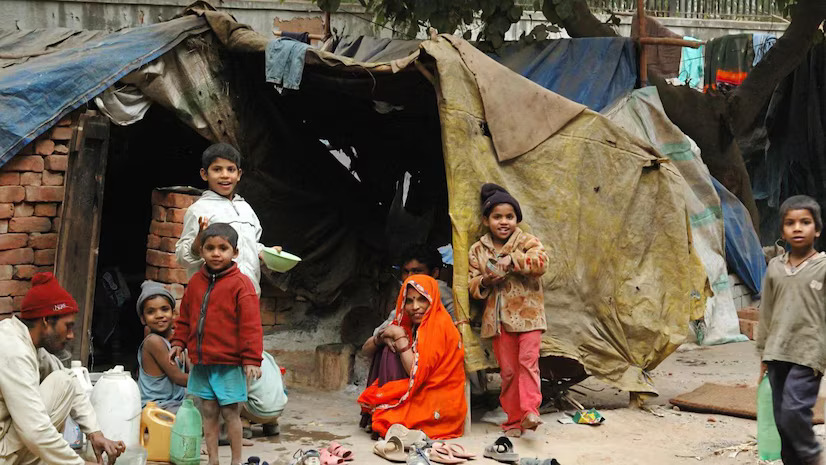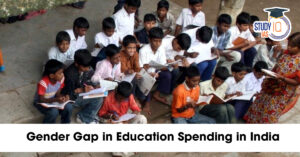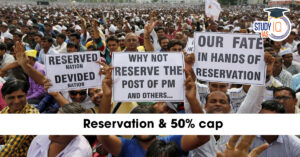Table of Contents
Context: According to the Sample Registration System report for 2021, released by the Registrar General of India, Bihar reported the highest TFR at 3.0.
Is Bihar’s High Replacement Rate a Consequence of Poverty?
While poverty plays a significant role, cultural, social, and structural factors are equally influential in maintaining Bihar’s high Total Fertility Rate (TFR).
Reasons for High Total Fertility Rate (TFR) in Bihar
- Cultural Preferences: Only 6% of Bihari women think two children is ideal (vs 67% nationally).
- Strong son preference persists; families often desire at least two sons.
- Economic and Social Factors: Poverty and reliance on children for economic security.
- Agrarian economy and lack of industrialisation lead to high dependency on family labour.
- Low female literacy and employability (53% female literacy as per the 2011 Census).
- Urban-Rural Paradox: Even in urban Bihar, TFR is above replacement level (2.3), unlike the national urban average of 1.6.
- Suggests fertility is a conscious cultural choice, not just economic compulsion.
- Weak Health Infrastructure: Limited autonomy of women in reproductive decisions; mother-in-laws mediate between ASHA workers and young women.
Implications
- Demographic and Development Challenges: High TFR can strain public services, education, health, and employment sectors.
- Despite declining infant mortality (27 per 1000), fertility remains high.
- Political Impact – Delimitation Debate: Northern States (high TFR) like Bihar may gain more seats in Parliament post-delimitation.
- Southern States (low TFR) may get penalised for population control, raising issues of federal fairness and representational equity.
- Policy Implications: Need for comprehensive female education, women’s empowerment, and reproductive autonomy.
- Fertility transition must be aligned with employment opportunities, urbanisation, and social reform.
Conclusion
Bihar’s high TFR is a multi-dimensional issue involving culture, economics, education, and governance. Without proactive intervention, the demographic divergence between North and South India could pose serious socio-political and federal challenges in the coming decades.


 Geo-tagging of Buildings During Upcoming...
Geo-tagging of Buildings During Upcoming...
 Gender Gap in Educational Expenditure in...
Gender Gap in Educational Expenditure in...
 Reservation and 50% Cap: Constitutional ...
Reservation and 50% Cap: Constitutional ...

























